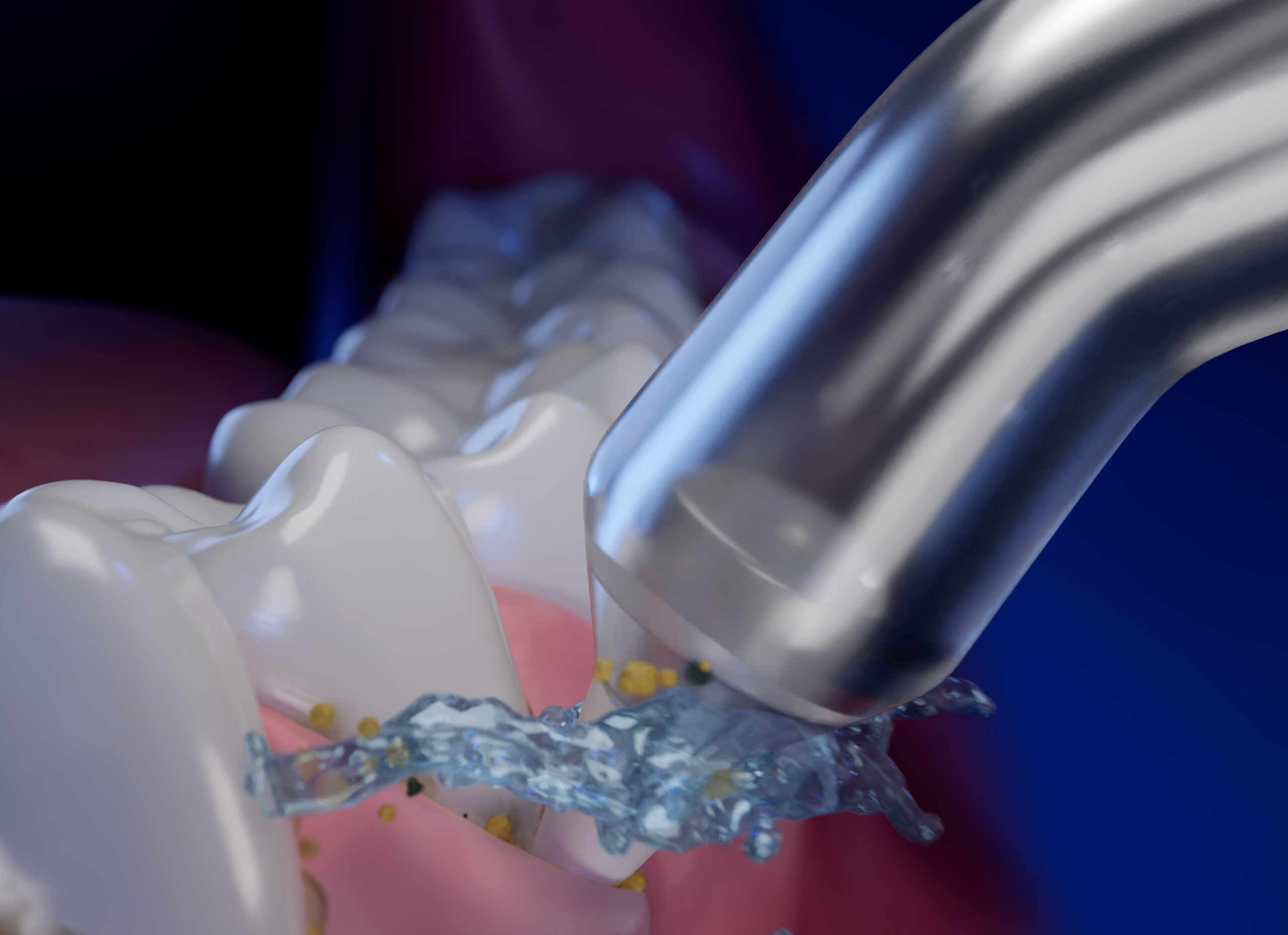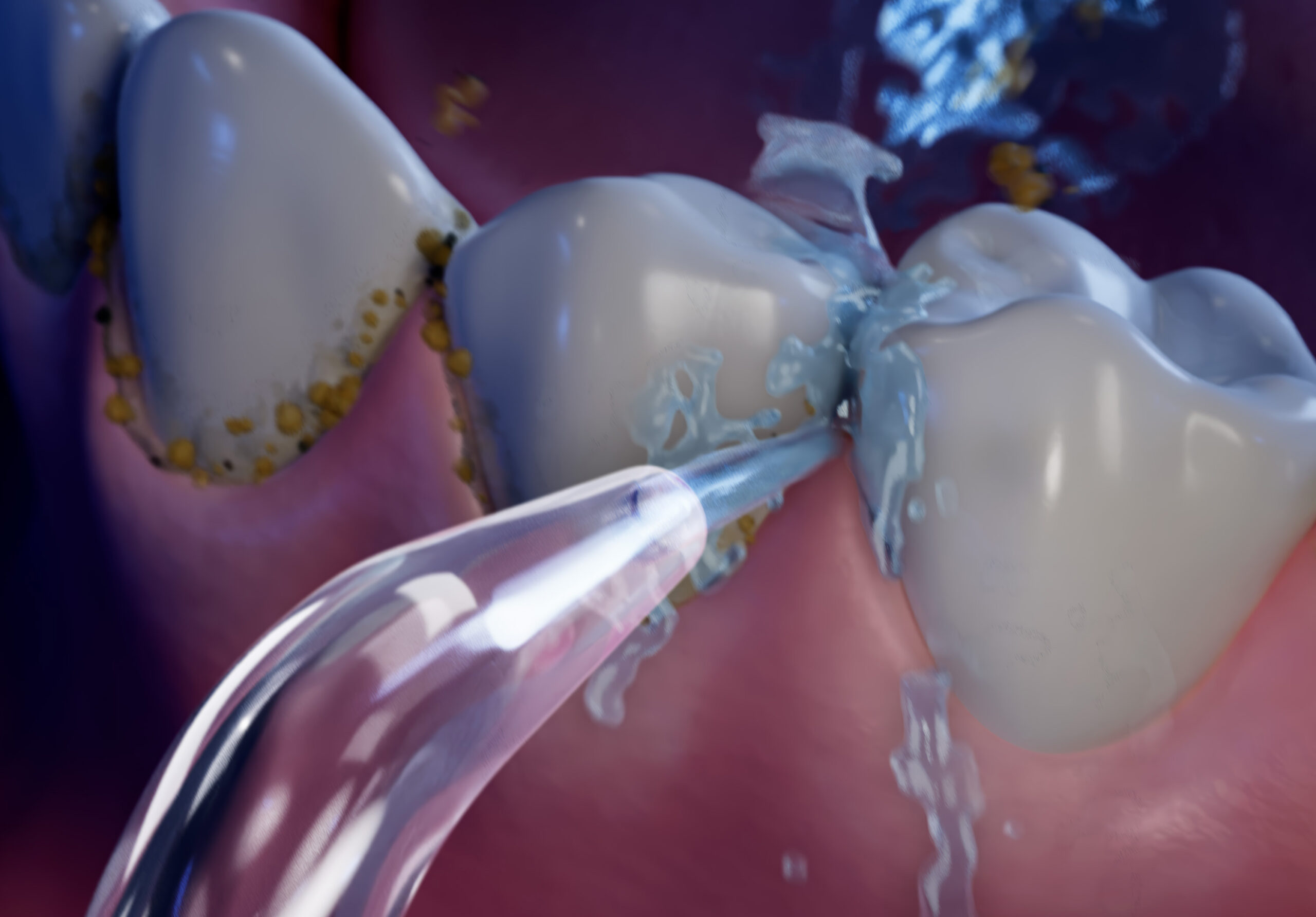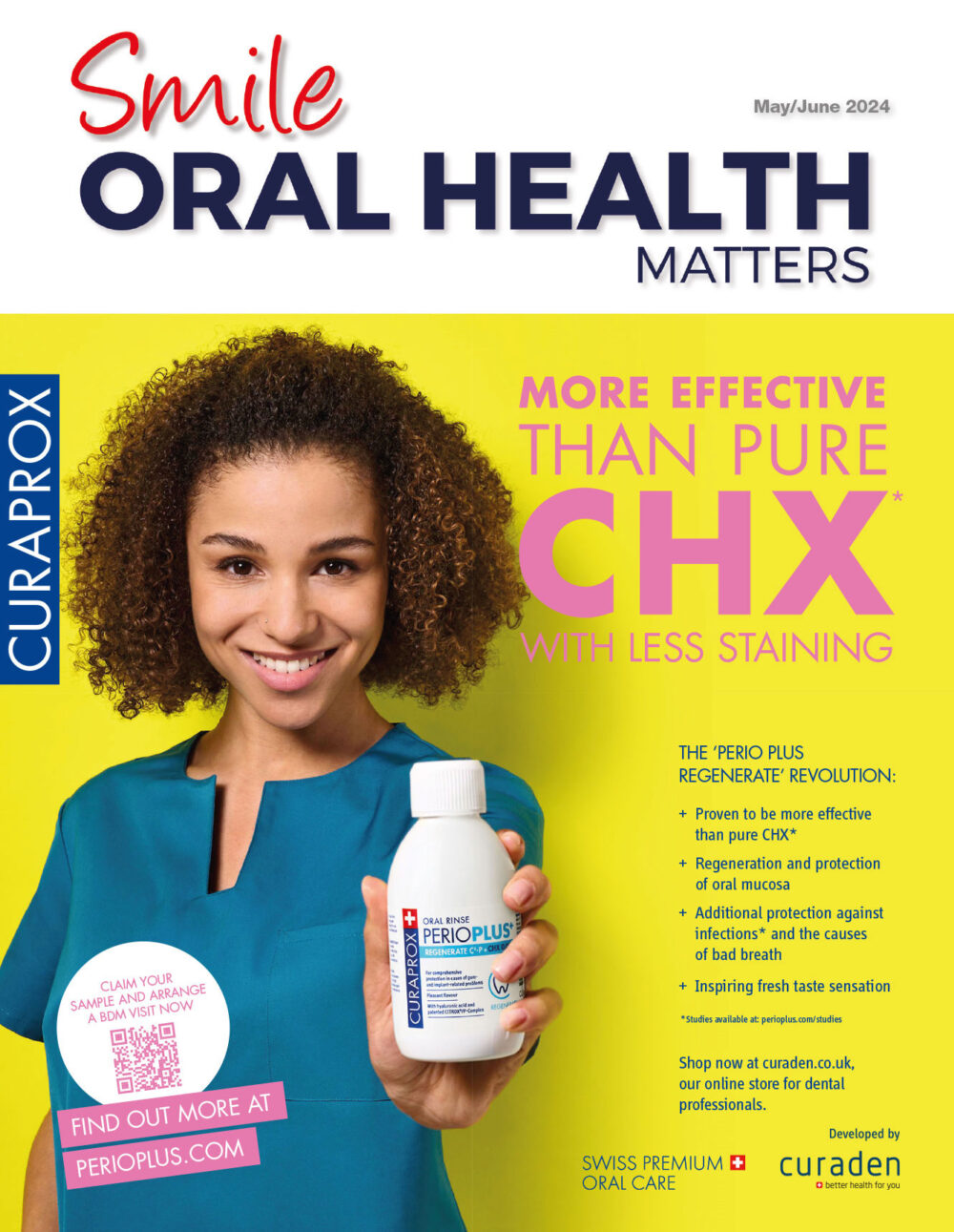 Author: Charleane McInally dental hygienist
Author: Charleane McInally dental hygienist
For many dental professionals, tooth brushing is a simple, non-negotiable part of the everyday routine. However, effective cleaning – tooth brushing twice a day, with the removable of debris from interproximal spaces – isn’t easy for some patients.
Dexterity is something that many people may take for granted, but for those that cannot clean their dentition with ease, their clinician is a primary source of support.
Dental professionals need to be aware of prominent dexterity issues, and how they may affect a wide array of patients. They should also understand the aspects of an oral hygiene routine that can be most difficult, and identify opportunities to use alternative oral hygiene adjuncts.
Making a connection
Hand dexterity is the ability to perform small, precise hand movements with flow and accuracy.[i] Some studies differentiate manual ability and manual dexterity, with the latter describing the proficiency of the skill to perform a manual task depending on factors such as cognition.[ii]
Complications may be seen throughout the entirety of an oral hygiene routine. Take the use of traditional dental floss as an example. A patient needs to take floss from a dispenser, which uses unilateral or bilateral gross motor movement of the shoulder, elbow, forearm, wrist, and fingers; then onto the action of flossing itself, they require fine motor control with manual dexterity of the arms, hands and fingers once more.[iii]
Studies have shown that manual dexterity is linked to the effectiveness of dental flossing,iii and some that focus on patients in residential homes have found that manual dexterity can be connected to the amount of dental plaque present.ii Where more plaque is present, patients are more likely to develop periodontal infections, which can be severely damaging in the long term.
Patients affected
Causes for limited dexterity vary, but one of the most well-known connections is age. This, alongside grip strength, is a significant predictor of hand dexterity.[iv] Maintaining oral health into old age is paramount, as tooth loss can be severely detrimental to general health. Edentulism, which may come from periodontal disease, impacts mastication and makes bolus formation difficult, which creates dysfunctional swallowing. This may lead to a change in diet, and an avoidance of harder foods such as meat, fruits or vegetables, which can lead to malnutrition.[v] The effects of malnutrition include an increase in severity of oral infections.v
Rheumatoid arthritis is another potential cause for concern. It is the most common inflammatory arthritis and affects around 1% of the UK population,[vi] with women under 50 around four to five times more likely to be affected by men – though this disparity diminishes with age.[vii] As well as changes to systemic immune function, rheumatoid arthritis can cause physical impairment, most frequently affecting the wrist, proximal interphalangeal joint (middle of each finger) and the metacarpophalangeal joints (knuckles).vii This complicates oral hygiene routines, especially those that utilise traditional dental floss. Patients with rheumatoid arthritis are found to have a greater risk of periodontal disease.vii
Other causes for limited dexterity may include cerebral palsy, muscular dystrophy, multiple sclerosis and stroke.[viii] These may appear in a patient’s medical history, or the individual could volunteer the information during an appointment. Engaging in a discussion around the difficulties faced when performing an oral hygiene routine can then help clinicians recommend the right alternatives for a patient’s needs.
Recommending alternatives
Powered toothbrushes have been recommended in the literature for individuals with decreased manual dexterity, owing to an improved action and control over tooth cleaning.[ix] By implementing this solution, the research even states that any individual can use good brushing technique, and experience greater plaque removal and improvement to gingival health, irrespective of manual dexterity.


Water flossers have also been recommended for patients lacking manual dexterity[x] as an alternative to traditional flossing, and should still be used alongside tooth brushing. Patients can disrupt plaque and debris with jets of water, using the different pressure options typically available, and they are also able to target bacteria beneath the gingival margin.
Patients should be sure to choose high-quality and clinically proven adjuncts above all else. Clinicians can recommend those from Waterpik™, the only water flosser brand to be approved by the Oral Health foundation. With an easy-to-use oral hygiene solution in the Waterpik™ Cordless Advanced water flosser, patients can remove up to 99.9% of plaque from treated areas in just three seconds.[xi] Plus, it is clinically proven to be up to 50% more effective than traditional dental floss for improving gum help.[xii]

Dexterity may make oral hygiene routines challenging, but not impossible. Clinicians can provide support to patients in appointments, as well as through appropriate recommendations for oral hygiene solutions. This helps more patients maintain their dentition, for more healthy, bright smiles.

For more information on WaterpikTM water flosser products visit www.waterpik.co.uk. WaterpikTM products are available from Amazon, Costco UK, Argos, Boots and Tesco online and in stores across the UK and Ireland.
[i] NHS Buckinghamshire Healthcare, (2021). Hand dexterity. (Online) Available at: https://www.buckshealthcare.nhs.uk/cyp/pifs/hand-dexterity/ [Accessed May 2025]
[ii] Nitschke, I., Altan, A., Roth‐Kreissl, M., Sobotta, B. A., & Jockusch, J. (2024). Influence of visual acuity, manual dexterity and handgrip strength on oral and denture hygiene ability of non‐frail older people: Development of the Gerostomatological Assessment Battery. Journal of Oral Rehabilitation, 51(2), 343-358.
[iii] Milleman, K., Milleman, J., Bosma, M. L., McGuire, J. A., Sunkara, A., DelSasso, A., … & Cecil, A. M. (2022). Role of manual dexterity on mechanical and chemotherapeutic oral hygiene regimens. American Dental Hygienists’ Association, 96(3), 35-45.
[iv] Martin, J. A., Ramsay, J., Hughes, C., Peters, D. M., & Edwards, M. G. (2015). Age and grip strength predict hand dexterity in adults. PloS one, 10(2), e0117598.
[v] Janto, M., Iurcov, R., Daina, C. M., Neculoiu, D. C., Venter, A. C., Badau, D., … & Daina, L. G. (2022). Oral health among elderly, impact on life quality, access of elderly patients to oral health services and methods to improve oral health: a narrative review. Journal of personalized medicine, 12(3), 372.
[vi] National Institute for Health and Care Excellence, (2025). Rheumatoid arthritis: How common is it? (Online) Available at: https://cks.nice.org.uk/topics/rheumatoid-arthritis/background-information/prevalence-incidence/ [Accessed May 2025]
[vii] Afilal, S., Rkain, H., Allaoui, A., Fellous, S., Berkchi, J. M., Taik, F. Z., … & Allali, F. (2021). Oral hygiene status in rheumatoid arthritis patients and related factors. Mediterranean Journal of Rheumatology, 32(3), 249.
[viii] Ability Central, (2024). Dexterity and Fine Motor Skills: What Causes Dexterity Issues? (Online) Available at: https://abilitycentral.org/article/dexterity-and-fine-motor-skills-what-causes-dexterity-issues [Accessed mAY 2025]
[ix] Saroya, K. K., Gupta, A., Shrivastava, R., Mehta, N., & Goyal, A. (2024). Powered versus manual toothbrushes for plaque removal and gingival health amongst 55 and older individuals: A systematic review and meta‐analysis. Special Care in Dentistry, 44(4), 979-989.
[x] Altalhi, A. M., Alqahtani, N. S., Alareefi, J. A., Alamri, S. S., Almutairi, K. S., Dous, R. A. B., … & Alamri, S. (2023). A Comparative Review of Water Flossers in Periodontal Therapy. Cureus, 15(12).
[xi] Gorur, A., Lyle, D. M., Schaudinn, C., & Costerton, J. W. (2009). Biofilm removal with a dental water jet. Compendium of continuing education in dentistry (Jamesburg, NJ: 1995), 30, 1-6.
[xii] Rosema, N. A., Hennequin-Hoenderdos, N. L., Berchier, C. E., Slot, D. E., Lyle, D. M., & van der Weijden, G. A. (2011). The effect of different interdental cleaning devices on gingival bleeding. J Int Acad Periodontol, 13(1), 2-10.
















